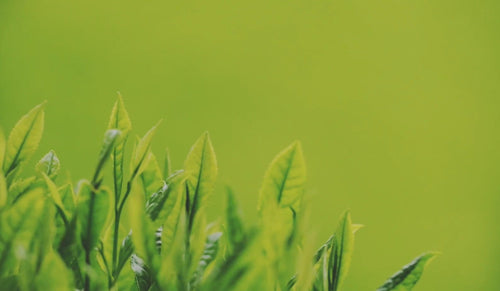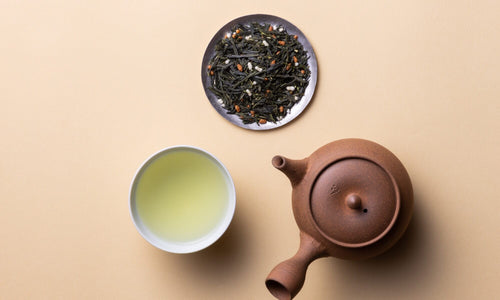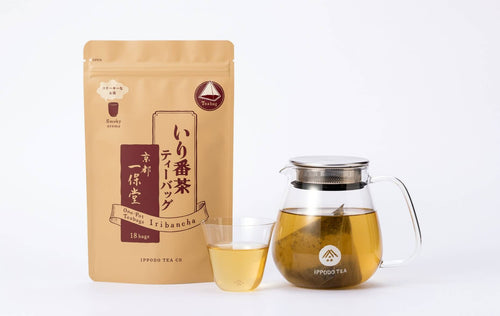What is the difference between our matcha blends? (Part I)
Ippodo Tea is proud to offer many different blends of matcha. Since many people are new to our tea and matcha in general, we are often asked about which to choose among all of our options.
What makes each matcha in Ippodo’s lineup different?
Different Ippodo matcha blends in our regular selection will have a light, medium, or rich body. Choose a lower ranking matcha in the light category, and you’ll find it has a short aftertaste, a light character, and crisp astringency. Higher ranking matcha in the rich category have a long aftertaste, a robust character, and savory umami and natural sweetness. Matcha in the middle, in the medium category, are somewhere in between: medium aftertaste, just-right richness, and a balanced taste with proportionate astringency and savoriness.
To explain these differences in detail, let’s explore three selections from our lineup:
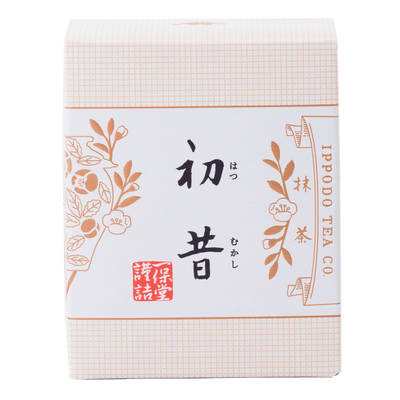
Category: Light
Taste: Refreshingly bitter. Not a full or long aftertaste.
Aroma: Light and grassy, in a good way. An aroma akin to washi, Japanese paper.
Color: Matte green with the tiniest tinge of yellow.
This is a good matcha for mixing in smoothies or lattes. It also imparts a nice green color for baking matcha desserts. Made as straight matcha, Hatsu’s brisk taste pairs well with sweet desserts.
View Hatsu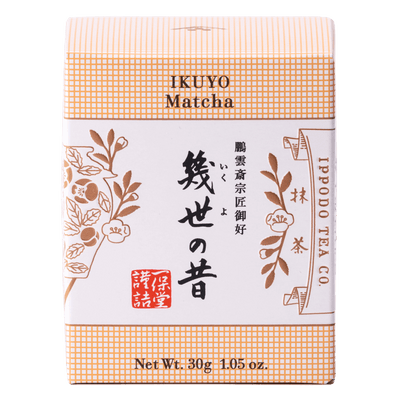
Category: Medium
Taste: A balance of matcha astringency and sweetness.
Aroma: A gentle but bright aroma, like sun-dried straw.
Color: Light, medium green. Brighter than Hatsu, but not quite the deep evergreen of higher grades.
A great everyday matcha. It has some natural sweetness, but it’s not overwhelming, so you might find yourself whisking another bowl after the first. In addition to drinking straight and in lattes, it’s also good for making desserts with a richer green color and more matcha flavor.
View Ikuyo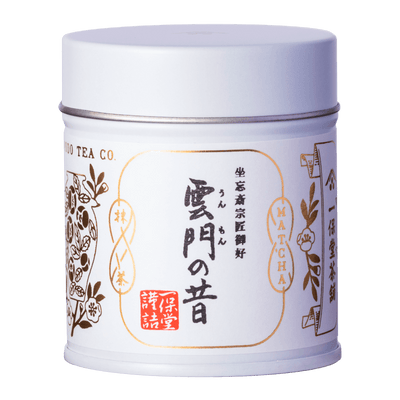
Category: Rich
Taste: Little-to-no bitterness, with plentiful, robust umami.
Aroma: Hearty and satisfying. Green, like an evergreen forest.
Color: Vivid emerald green.
Delicious served straight as usucha or koicha (thick matcha). Just one serving is meditative, calm, and fully replenishing. This is a grade for people who truly love matcha.
View UmmonRead next: What is the difference between matcha grades? (Part II).


